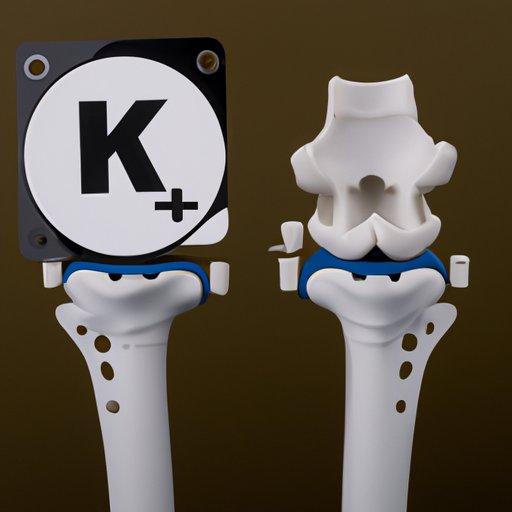
I. Introduction
Knee replacement surgery can be a daunting process, both mentally and physically. For those who undergo the surgery, physical therapy is often a critical component of their recovery plan. In this article, we’ll explore what patients can expect from physical therapy after knee replacement surgery, including the typical duration, exercises, and benefits.
II. Road to Recovery: Understanding the Duration of Physical Therapy After Knee Replacement Surgery
Physical therapy is often a necessary step in achieving a successful recovery from knee replacement surgery. The duration of physical therapy after knee replacement surgery can vary depending on an individual’s health status, age, and the type of surgery performed. In general, however, patients can expect to participate in several weeks of physical therapy sessions.
It’s worth noting that there are two types of physical therapy: inpatient and outpatient. Inpatient physical therapy is conducted in a hospital or rehab facility, while outpatient physical therapy occurs in a physical therapy clinic or in the patient’s home. Inpatient therapy is typically more intensive than outpatient therapy and may be recommended for patients with additional health complications.
III. Patience and Persistence: The Importance of Physical Therapy After Knee Replacement Surgery
After a knee replacement surgery, the strength and mobility of the leg often weakens, making physical therapy a critical part of recovery. Physical therapy helps patients improve their range of motion, reduce pain, and inflammation. Engaging in physical therapy can help prevent the formation of scar tissue along the surgical incision site while supporting other knee-related movements.
It’s important to remain patient and persistent with physical therapy routines, even when progress may feel slow. Patients who stick to the recommended routines for physical therapy exercises will see improvements over time.
IV. From Bedrest to Movement: The Evolution of Physical Therapy After Knee Replacement Surgery
Physical therapy after knee replacement surgery often starts with basic exercises that help the patient regain muscle strength and mobility. These exercises may include leg lifts, ankle pumps, and slow, steady movements of the knee joint. As patients progress, they may move on to more advanced exercises, such as squats and lunges, which help build more strength and flexibility in the legs.
Throughout the process, the patient’s physical therapist will monitor their progress and adjust the therapy regimen as needed. Over time, patients will gradually regain their strength and mobility.
V. Navigating the Timeline of Physical Therapy After Total Knee Replacement Surgery: What to Expect
Patients’ physical therapy journeys will vary based on their individual health status and the type of surgery they’ve undergone. However, there is a general timeline that patients can expect to follow. For example, most patients will initially have physical therapy appointments between 3-4 times a week for several weeks.
As patients make progress, therapy appointments may gradually be reduced to once per week or less over time. By 12 weeks following the surgery, most patients can expect to have regained a significant amount of their mobility and strength.
It’s worth noting that physical therapy can be challenging. Patients should expect to feel some degree of pain and discomfort during the therapy sessions. It’s critical, however, to push through the discomfort to achieve desired outcomes and reap the benefits of physical therapy.
VI. The Long Game: How Physical Therapy Helps You Fully Recover From Knee Replacement Surgery
Physical therapy after knee replacement surgery isn’t just about regaining movement in the leg. It’s also about helping people regain their quality of life, both for the short-term and the long-term. Studies have shown that physical therapy can lead to a higher overall quality of life, improved mobility, and decreased pain in the knee joint.
It’s important to remember that physical therapy doesn’t end after formal sessions have concluded. It’s critical that patients continue to engage in exercises as directed by their physical therapist, even after their formal rehab is over. Regular movement and exercise of the knee joint can help avoid future limited mobility or potential arthritis.
VII. Conclusion
While physical therapy can be a challenging and sometimes painful process, it’s critical to the success of a full recovery after knee replacement surgery. By remaining patient, persistent, and engaging in the recommended exercises, patients can make progress towards regaining their quality of life and the strength and mobility of their legs. If you’re preparing for knee replacement surgery, we encourage you to speak with your doctor and physical therapist about what to expect during your recovery journey.
For further reading, we recommend learning more about knee replacement surgery overall or investigating additional resources about physical therapy after surgery.




